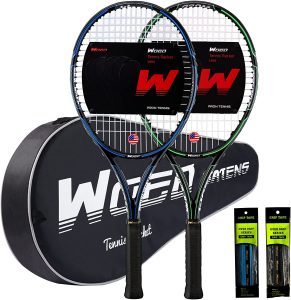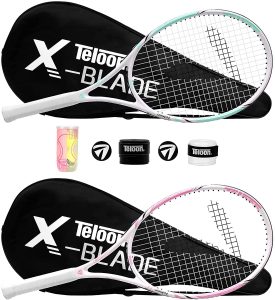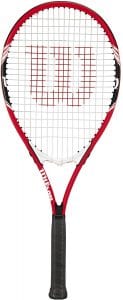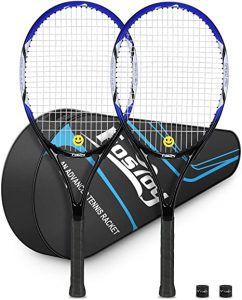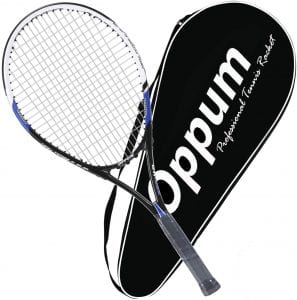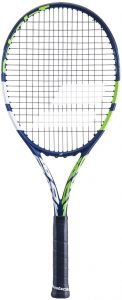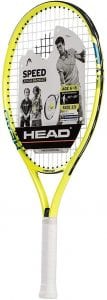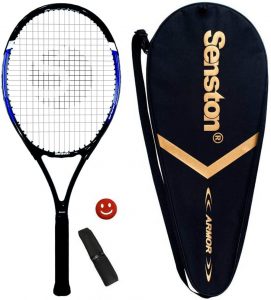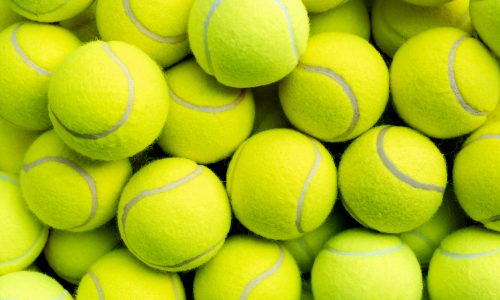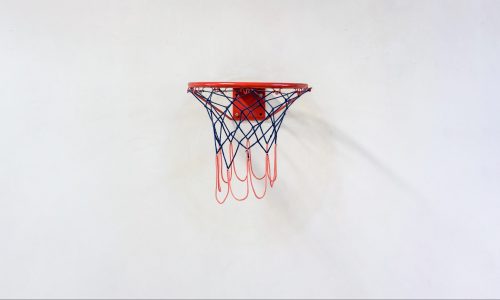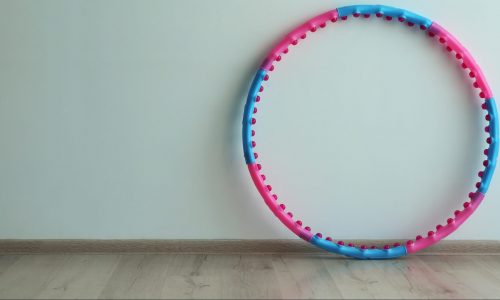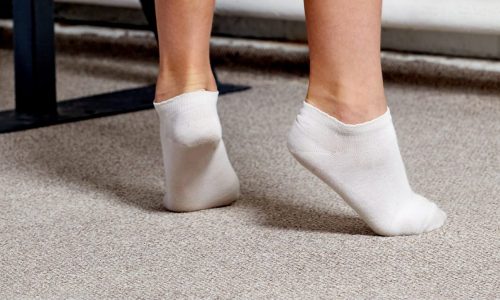The Best Tennis Rackets
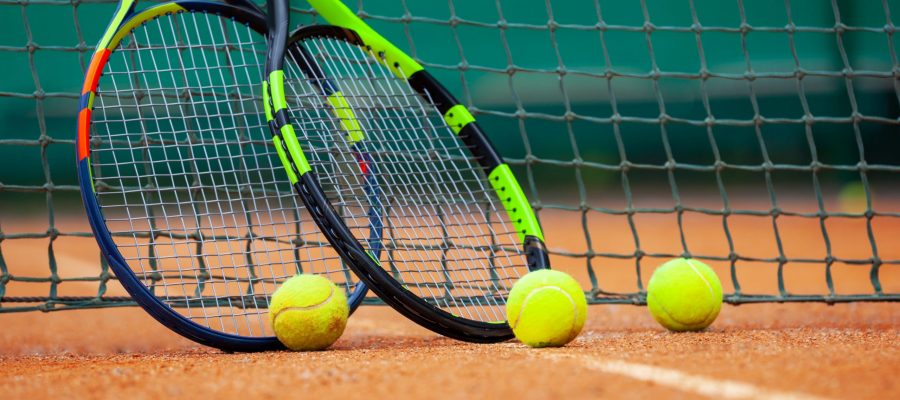
Our Review Process
Don't Waste Your Money is focused on helping you make the best purchasing decision. Our team of experts spends hundreds of hours analyzing, testing, and researching products so you don't have to. Learn more.
Our Picks For The Top Tennis Rackets
- 1. WOED BATENS Carbon Fiber 2-Layer Tennis Rackets, 2-Pack
- 2. Teloon Aluminum Unisex Tennis Rackets, 2-Pack
- 3. Wilson Federer Lightweight Tennis Racket
- 4. OPPUM Adult One-Piece Tennis Racket
- 5. Fostoy High-Tension Lightweight Tennis Rackets, 2-Pack
- 6. HEAD Ti. Conquest Titanium Tennis Racket
- 7. Babolat Boost Drive Beginner Tennis Racket
- 8. HEAD Speed Children’s Tennis Racket
- 9. Senston Recreational Professional Tennis Racket
Whether you're new to the sport or you've been playing for years, this tennis racket set has you covered. Included are two rackets, two sets of grip tape and a handy carry bag. Players will find the handle comfortable to hold and the netting shockproof, which allows for better control during play.
All Skill LevelsThe frame on this tennis racket is designed to provide maximum stability.
Perfect for couples, this set includes two tennis rackets in a choice of pink or blue. Each racket is quite stylish and designed for use by beginner college students. The frame is constructed using a durable aluminum, while the netting is made from a strong carbon fiber.
Lots of ExtrasThis tennis racket set comes with several accessories, including tennis balls, grip tape, vibration dampers and carrying cases.
With this heavier-balanced tennis racket, players get Hammer technology, which expands and heightens the traditional sweet spot. They'll also get an oversized head to offer power wherever the ball lands. An open string pattern also assists in delivering the intended shot every time.
Top-Notch PickThis heavier-balanced, open-stringed racket is built to provide power that maximizes short, compact swings.
If you're looking for a budget-friendly set of women's tennis rackets, this set is your best bet. It comes in a choice of blue or red and includes player tape and a durable carrying case. The racket is lightweight and sturdy, and features a shock-absorption design for more comfortable play.
Easy to UseYou'll be able to execute good drops and lobs with this women's tennis racket, as the racket's strings are nice and tight.
Buying Guide
Whether you’re new to the game of tennis or working hard to improve at the sport, your tennis racket will have a direct impact on how you do on the court. But choosing the right tennis racket can be tough, especially if you’re new to the game.
When you’re on the court, three features help drive your performance on the court: the first is head size. The larger the head size, the more power you have, but a smaller head size gives you more control as you’re hitting. A larger head size can also increase the likelihood you’ll hit the ball with each try, which makes it a great option for beginners. As you become more comfortable on the court, graduating to a smaller head size could be in order.
The second element influencing court performance is weight. As with head size, there are benefits to both lighter and heavier rackets. A lighter-weight racket will give you more power, but one that is heavier offers more stability and control.
That also goes for the third element: the stringbed. The more open the stringbed, the more power you’ll have. A more open string pattern provides a softer impact and accentuates spin while providing less control. A more dense stringbed offers better control and a more consistent ball response. The strings’ tension level also plays a role in how the stringbed operates.
For a beginner, a larger head size, heavier racket and denser stringbed could give you the control you need while you’re learning. You can then graduate to a lighter racket with a smaller head and denser stringbed to give you extra power for when your racket connects with the ball.
What to Look For
- Your style of play will ultimately decide the perfect racket for you. If you already have a fast, powerful swing, you’ll need to focus on a racket that gives you more control since you’re already packing plenty of punch. If you aren’t sure about your own style, ask your coach to analyze it for you.
- The length of your racket comes into play. Keep in mind that longer rackets can reduce your control. Choose one that gives you the reach you want but also doesn’t get in the way of your game.
- The grip of a tennis racket is an important part of its performance. You’ll want to be comfortable, but you’ll also want to make sure it’s sized for your own hand. This measurement is known as “grip size.” Find yours by measuring the length in millimeters between the tip of your ring finger and the second line on your palm. You can then compare that to online grip size charts to determine the racket you need to buy.
- More advanced players will often buy the frame of the racket and have it professionally strung. Prestrung tennis rackets can sometimes have inferior strings that will get in the way of gameplay.
More to Explore
For about a century after the creation of lawn tennis, through 1965, most tennis rackets were made of wood. Metal ones existed as far back as 1889, but didn’t get much traction. Then, in 1965, a patent was filed for a steel tennis racket and this was soon followed by the marketing of aluminum rackets by Spalding in 1968. These new rackets allowed manufacturers to widen the head, which wasn’t possible with traditional wooden rackets because it made stringing for perfect tension more difficult. A period of experimentation followed.
As tennis professionals began using these larger rackets, they liked the wider “sweet spot,” and the rackets quickly began to catch on. By the early 1980s, larger rackets were starting to become the standard (and the International Tennis Federation started limiting racket size in 1981 to prevent technology from changing the nature of the game). Today, most tennis rackets are made from aluminum or a mix of composite materials like graphite and fiberglass. They also have synthetic strings.

